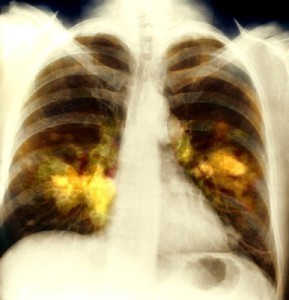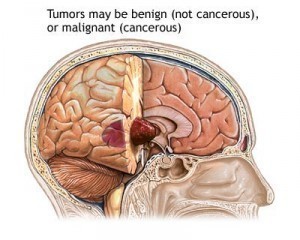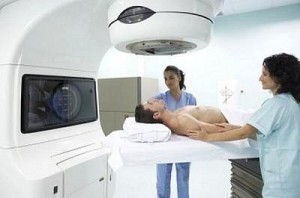Childhood Leukemia Symptoms
The most common type of leukemia that affects children is acute lymphoblastic leukemia, a severe medical problem marked by excessive lymphoblasts due to white blood cell cancer. The common victims of this particular type of disease are children within the age range of 4 to 12 years old. Factors that may increase the risk of this serious medical problem include genetic disorders, exposure to radiation and cancer therapy. For a better understanding of this disease, here is a quick take on the different childhood leukemia symptoms, diagnosis and treatments.
Signs of Childhood Leukemia
People can easily detect the occurrence of childhood leukemia with the help of these major and minor symptoms. The early signs of this severe blood disorder include pale skin, severe nosebleeds and bleeding gums. In general, patients are also expected to experience decreased energy, weight loss and shortness of breath. The presence of swollen lymph nodes can lead to the appearance of lumps, which usually affect the groin, stomach, underarm and neck areas. Furthermore, people who are suffering from this chronic condition are susceptible to frequent infections as well as fever.
Childhood Leukemia Diagnosis
A series of medical tests and procedures are necessary to provide patients with a proper and highly accurate diagnosis of this disease. Blood tests are important, mainly for confirming the presence of blast cells. They can also help determine the insufficient number of platelets and red blood cells, as well as the excessive volume of white blood cells. Another highly important procedure is the bone marrow test, which can help confirm the presence of leukemia cells.
Imaging tests can also help provide a better picture of the disease, specifically ultrasound, computerized tomography scan and chest x-ray. These methods can help physicians determine whether the cancer has already affected the spinal cord, brain and other body parts.
Childhood Leukemia Treatment
The treatment for this serious medical problem is separated into various phases. The first phase is called induction therapy, in which the aim is to eradicate leukemia cells that are present in the bone marrow and in the blood. The second phase is dubbed as consolidation therapy, wherein the target is to destroy leukemia cells, particularly those present in the spinal cord and brain. The third phase of treatment is referred to as maintenance therapy. The purpose of this stage is to stop the re-growth of leukemia cells inside the body. The fourth and final phase is the preventive treatment directed to the spinal cord.
Other treatment options for this particular type of leukemia are radiation therapy, chemotherapy and bone marrow stem cell transplant. Patients can also take certain medications that can actually help reduce abnormalities and prevent the growth of cancer cells. These include drugs such as rituximab, dasatinib and imatinib.






